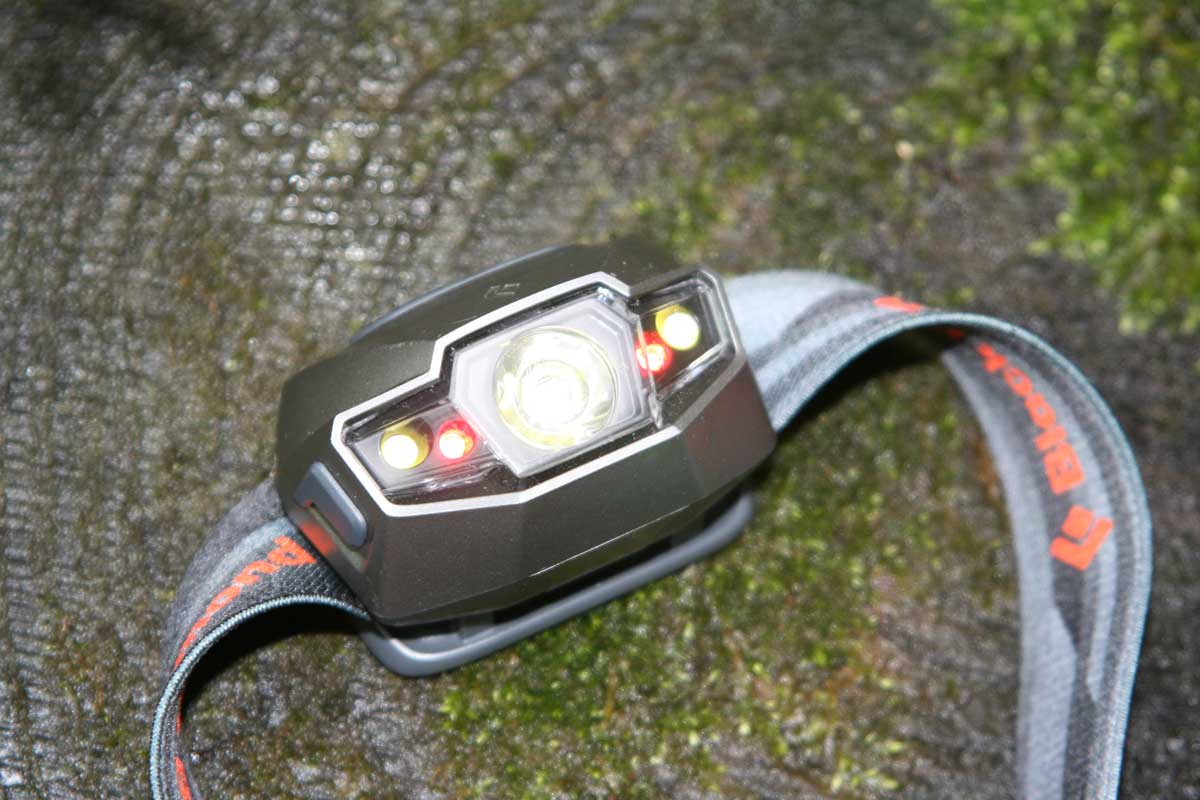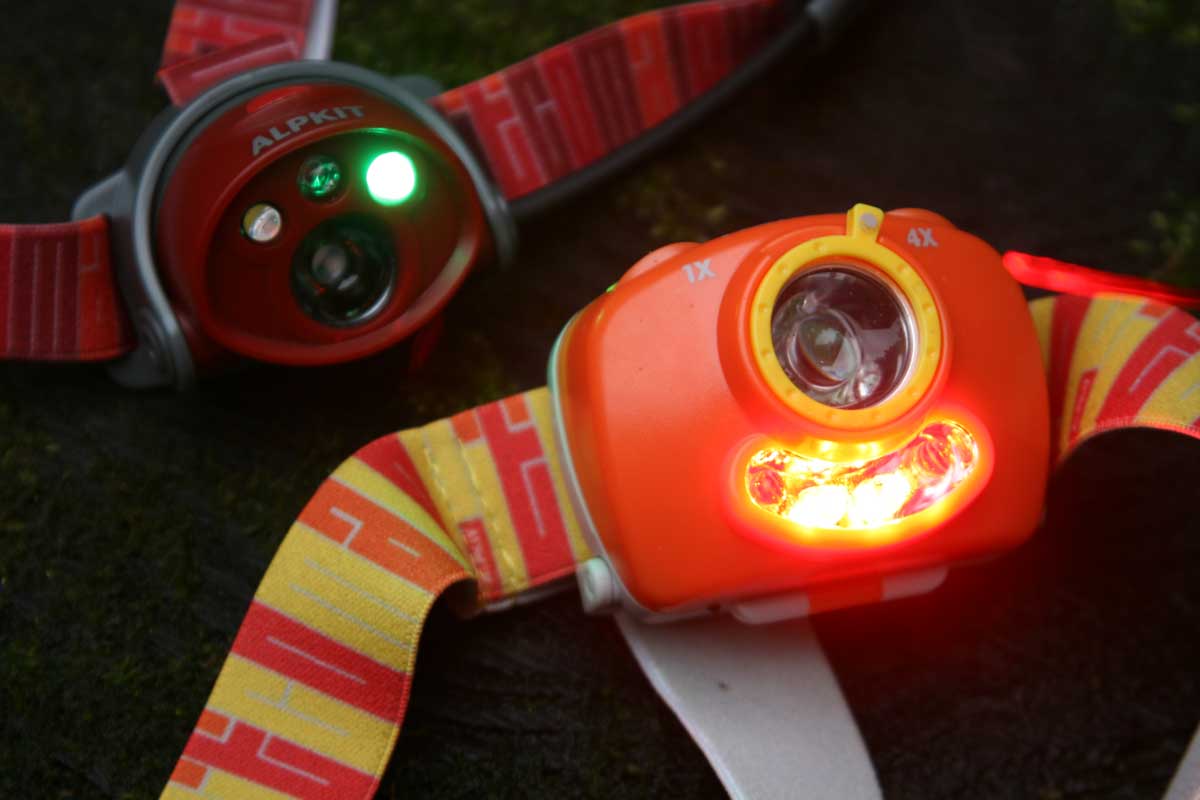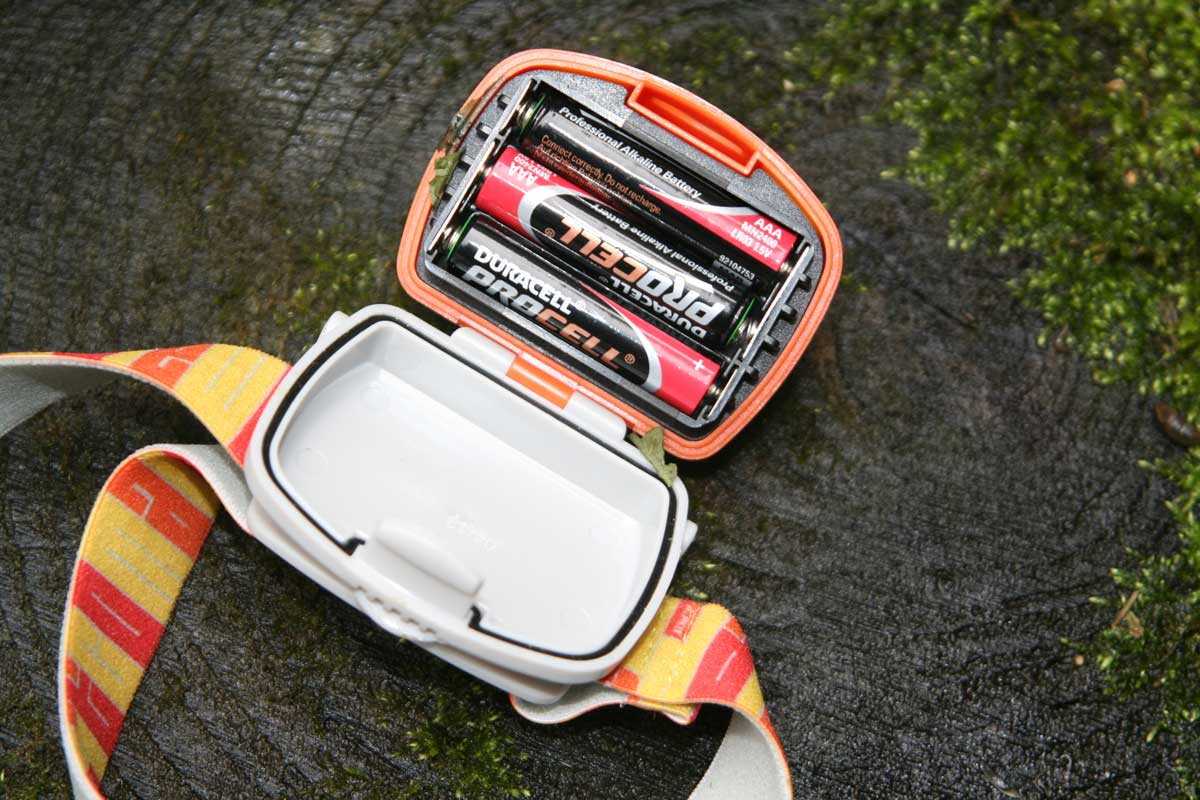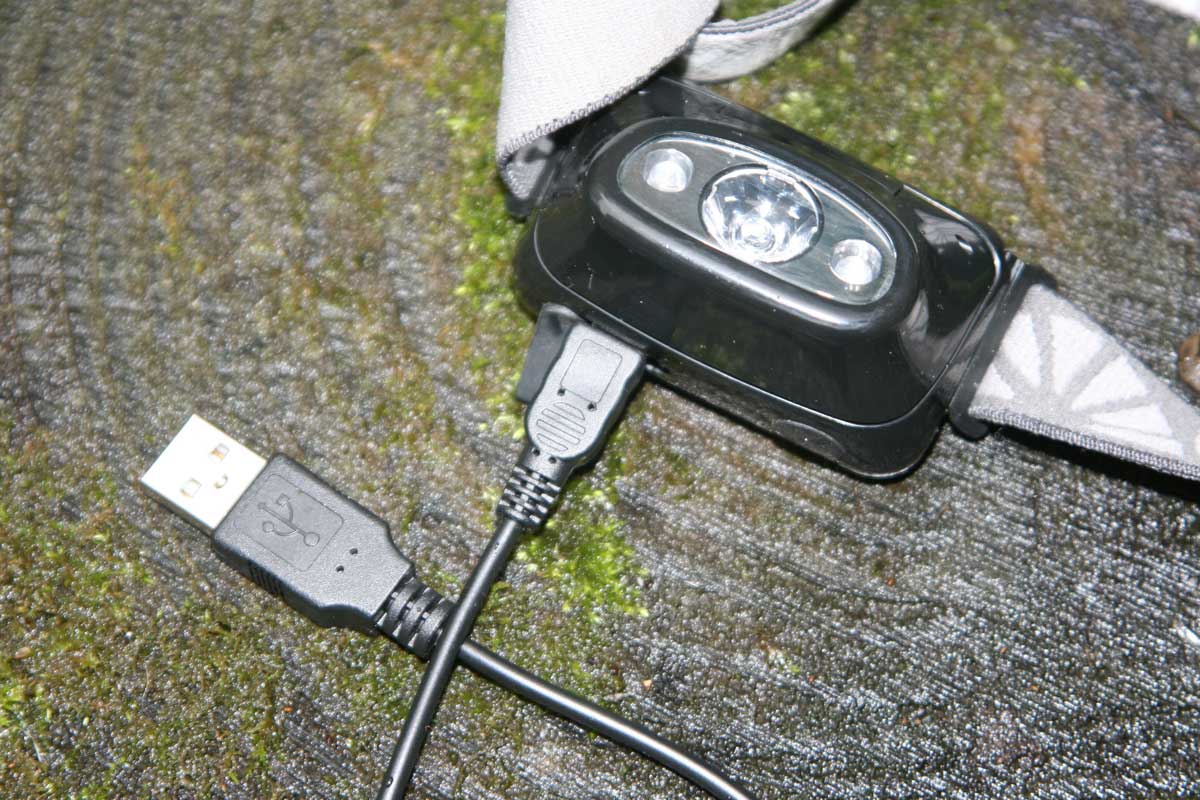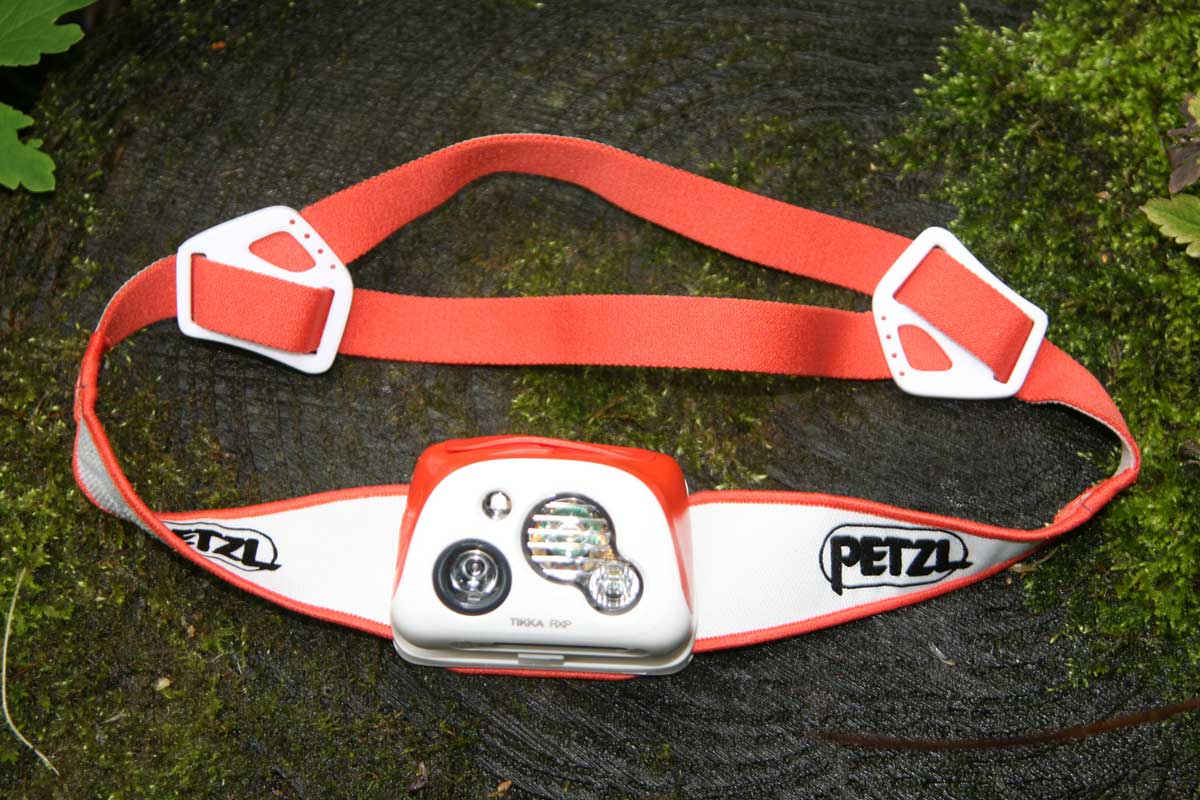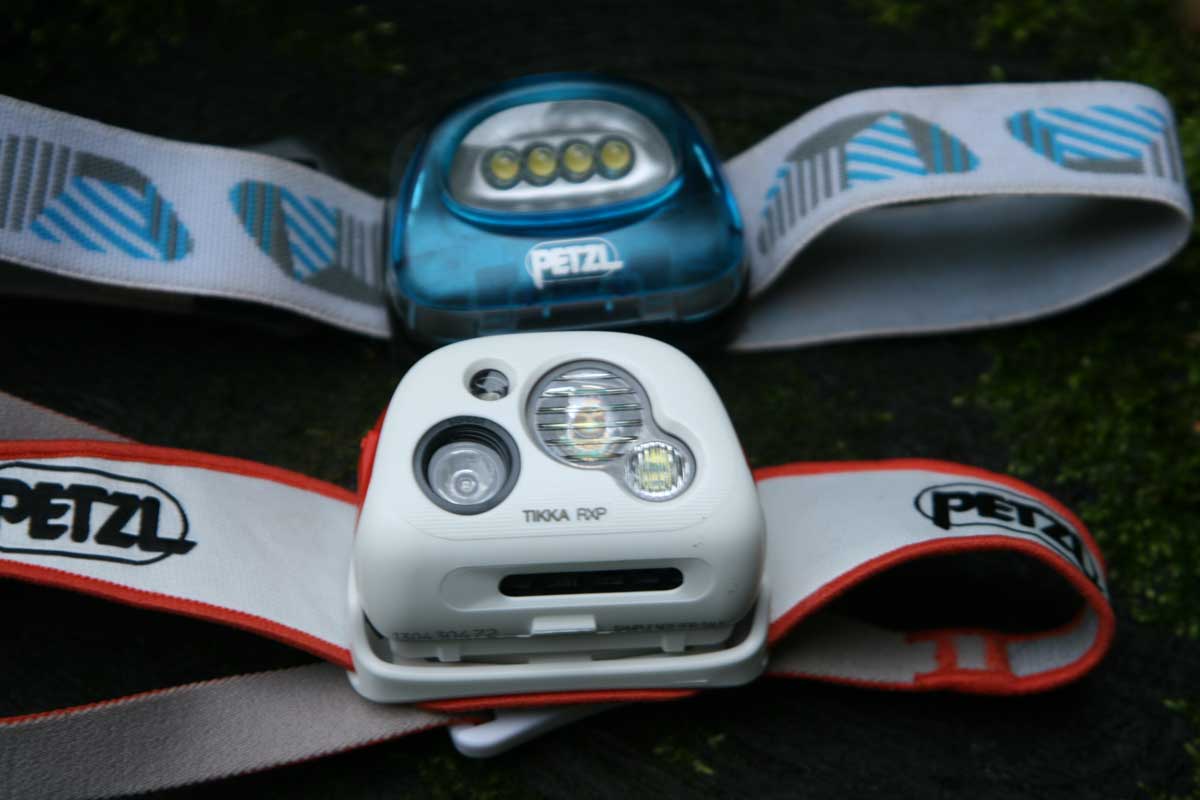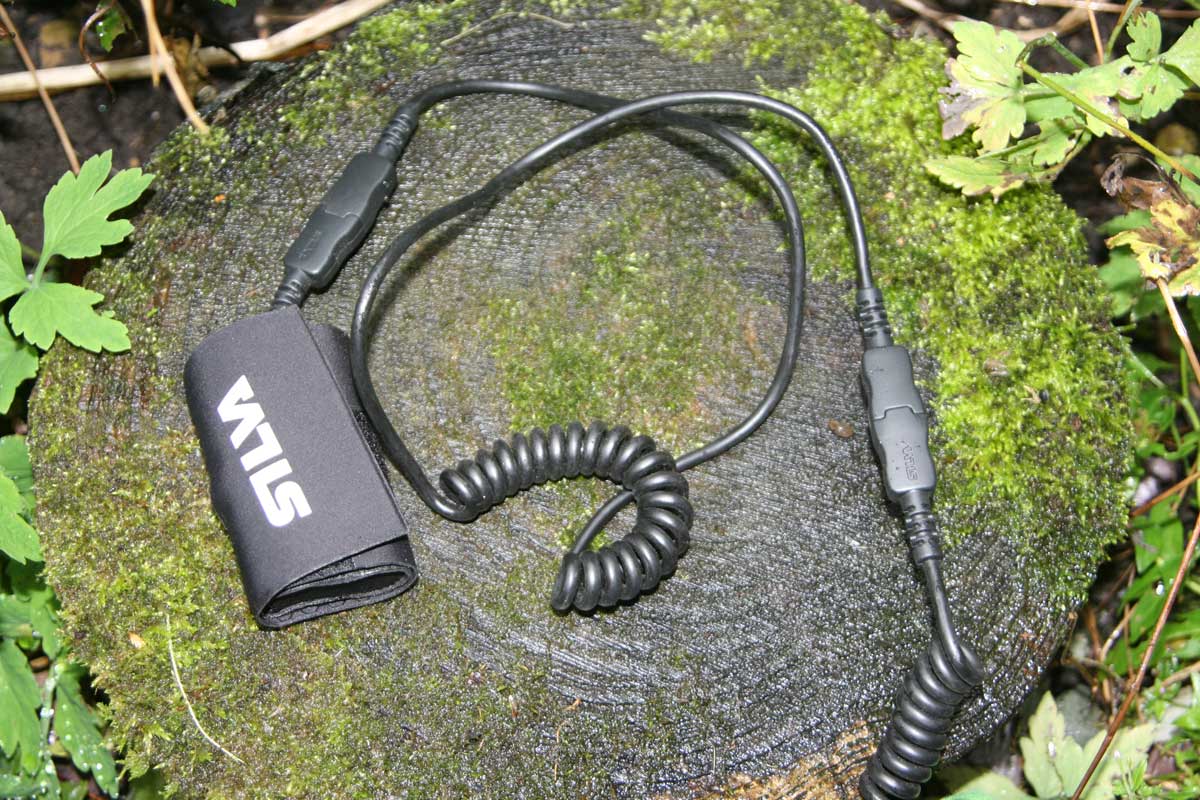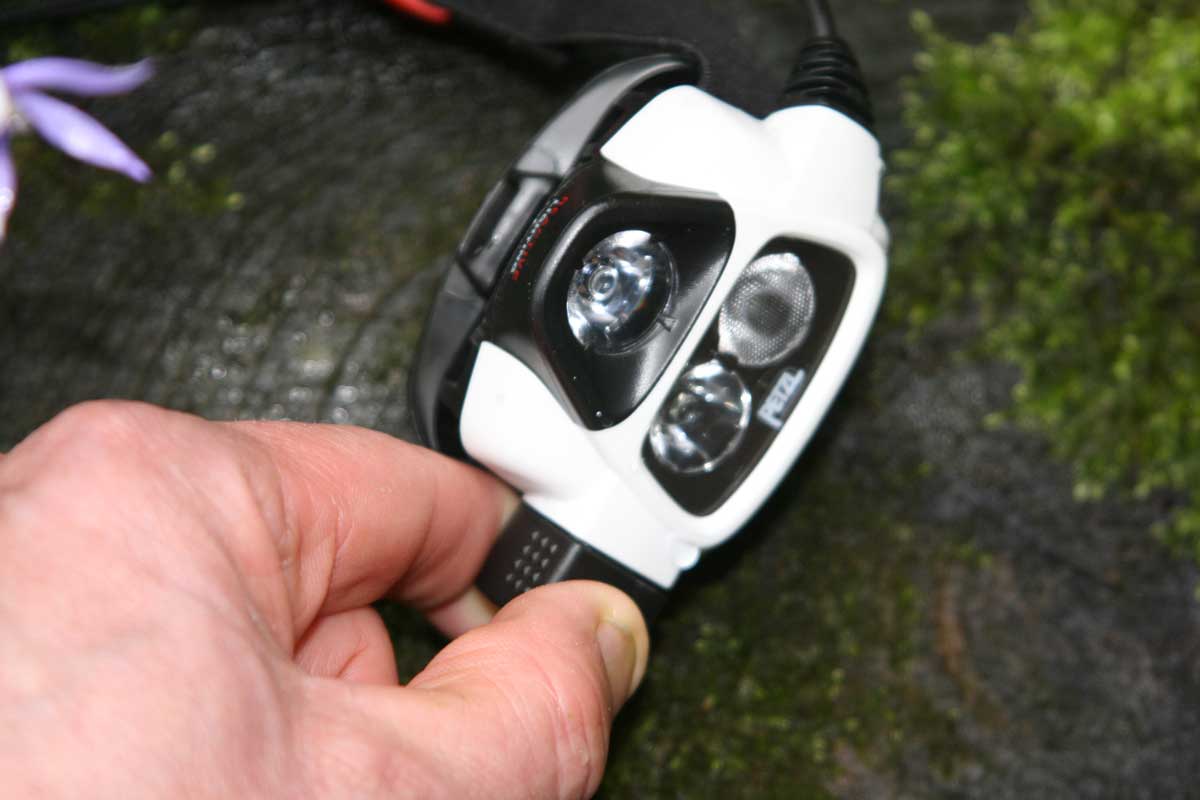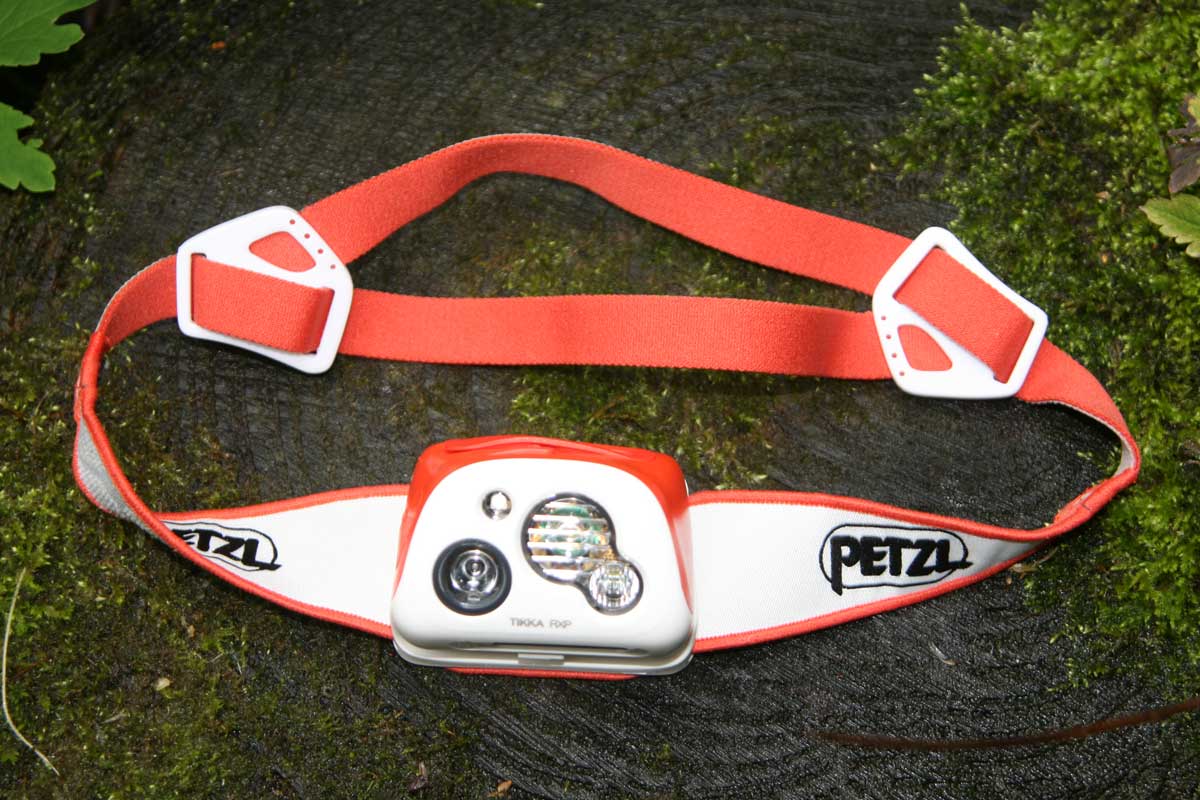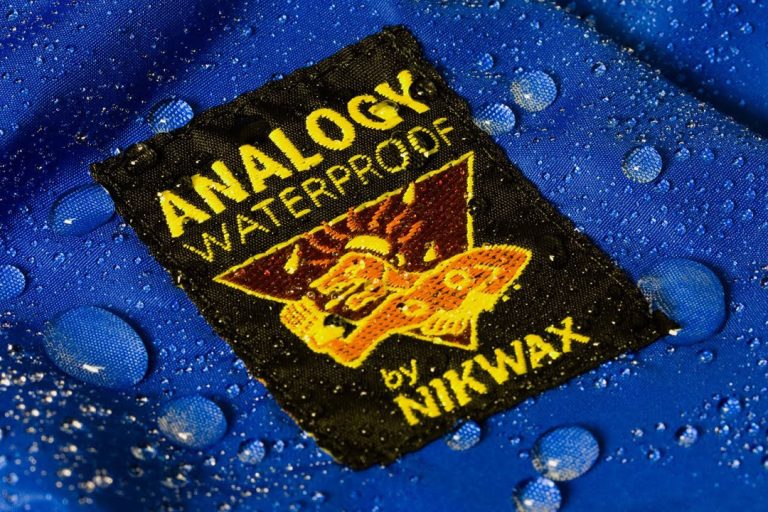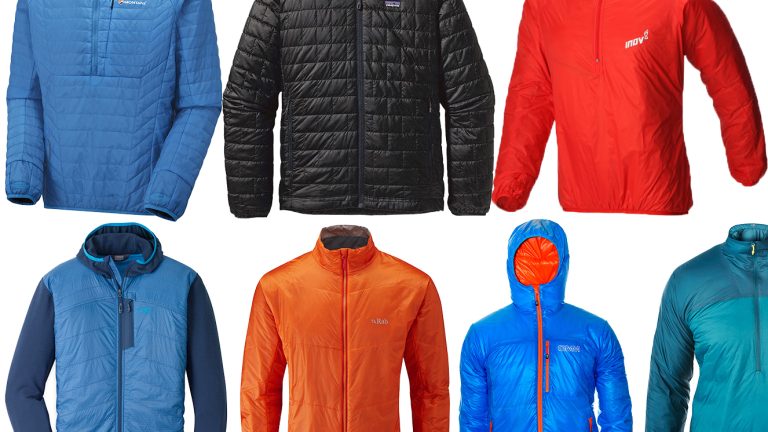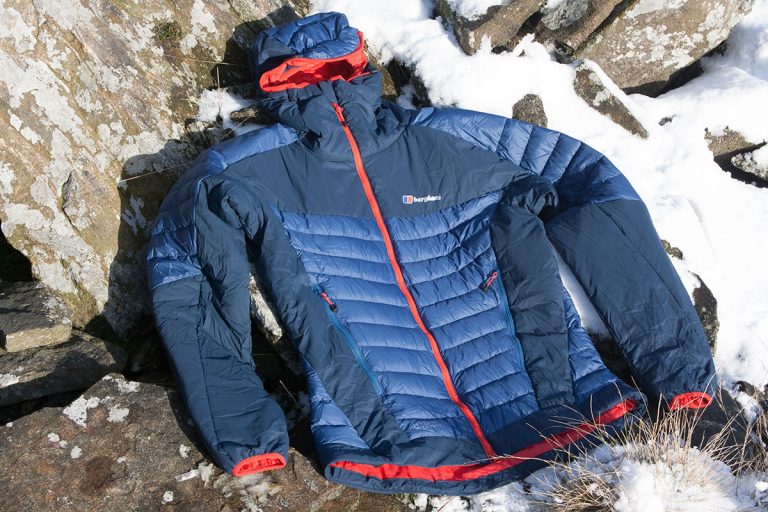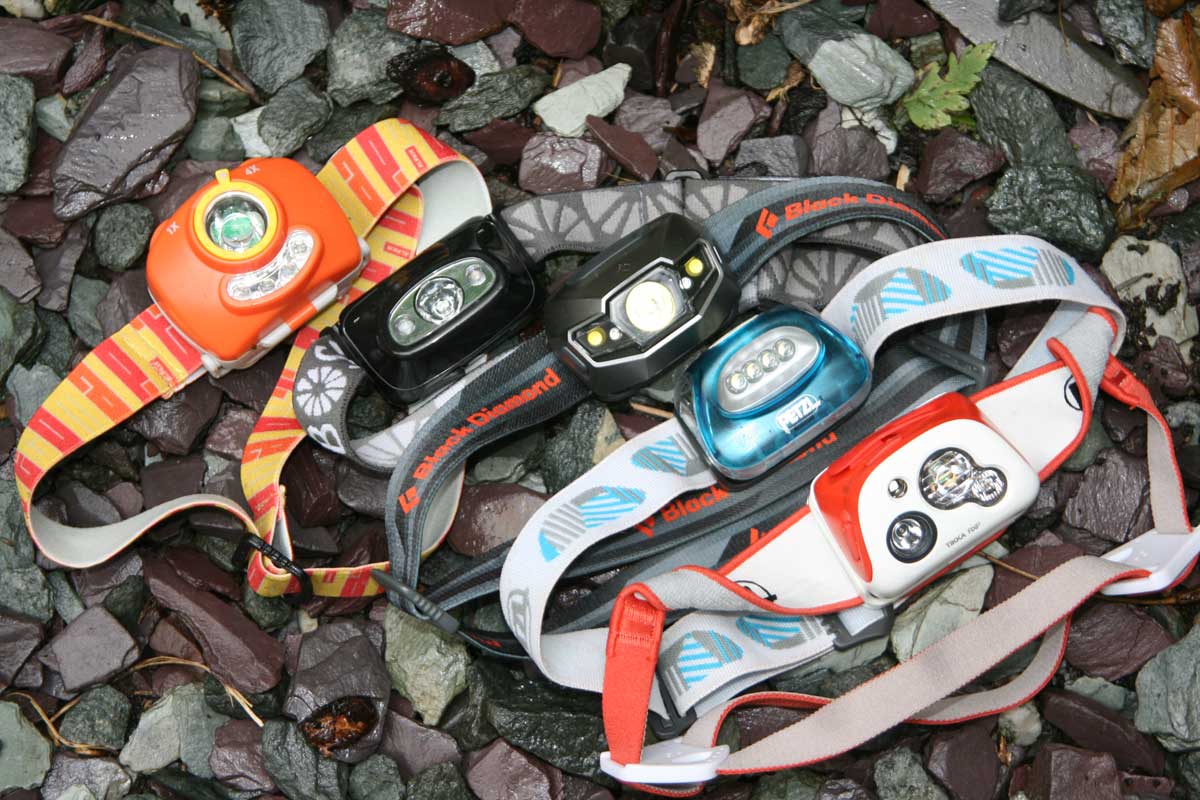
Headtorches are brilliant things: they leave your hands free to do other stuff like cooking or scrabbling desperately for holds on the rock. They automatically follow the direction of your gaze. And these days, the best of them kick out enough raw power to allow you to hurtle headlong down rough mountain tracks at night almost as if it were still daytime.
There are loads of choices out there as well. Petzl are arguably the best known brand in the area, but the likes of Black Diamond, Princeton Tec, Silva and others are hot their illuminated heels. And Alpkit has carved a neat little niche for itself as the king of the budget headtorch world with the Gamma.
Before you start, have a think about what your torch is for. Will it just be for camping and cooking with maybe the odd late walk out in winter? In that case a low-powered all-rounder like a Petzl Tikka could be more than enough. Will you be running at night off road? Our experience is that big flood beams or a mix of flood and spot work best for that.
Or are you a climber who might need a piercing, high-powered spot to pick out abseil stations or make out a route ahead of you? Or perhaps you need an all-rounder that’ll do a bit of everything from cooking to climbing?

